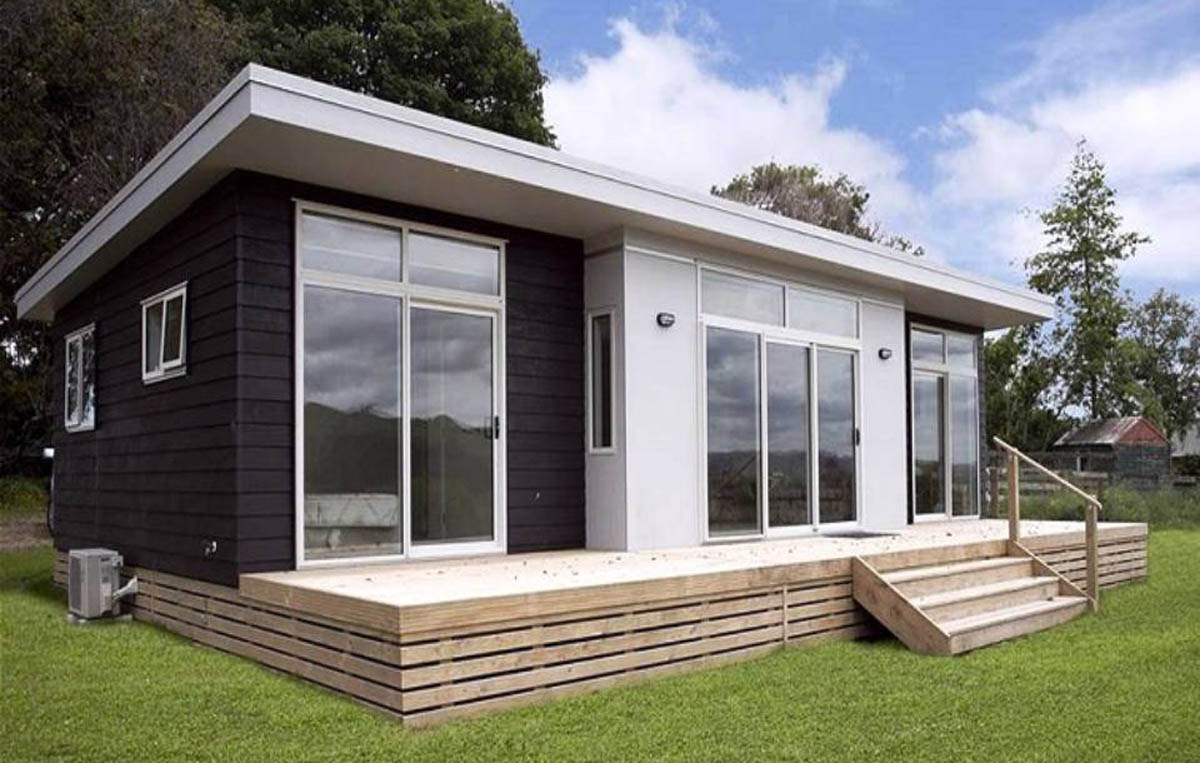Fluctuations in property prices and the economy often force people to look for different options when buying or building a house and the daunting prospect of spiralling construction costs is often enough to put off any first time buyers. But there is a simple way in which building your own home can be cheaper than buying an existing one, Steel Prefab House.
‘Prefab’ homes are buildings that are manufacture off-site in advance of a build. Sometimes as a whole but usually in sections or modules that can easily shipped and assembled. The particular methods of prefab housing lends itself to both traditional. And ultra modern designs so a buyer can usually find what they are looking for.
Prefabricated buildings are built under guidelines but the rules and regulations are not as strict. Or long winded as conventional construction. This can allow a buyer to purchase a plot of land and construct a home in a matter of weeks. A fraction of the time it would take to even have initial paperwork approved for a conventional building.
Traditionally, these buildings were construct of wood, a factory took in freshly felled trees. And produced entire prefab houses in sections and often as a whole. These homes are usually the cheapest and their use has been document as far back as the 17th century. Houses were shipped to America for the rapidly increasing population who had no construction industry and later in the 19th century to accommodate the gold rush.
Because of the advances is the production and transport techniques of prefab buildings. Steel and concrete can now used as easily as timber. A mixture of the two will often produced to construct. A section of a conventional home with as little as 10% of the time and budget needed.
The market of prefab homes has much stigma because of the quality of pre-existing structures even though. The industry has developed enough to be a viable commercial option for housing. It is also difficult to acquire a loan. Or mortgage to purchase a prefab home as it is often not consider substantial collateral by lenders

